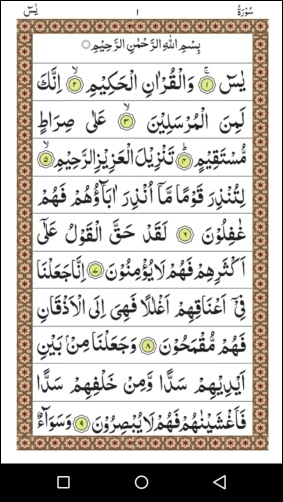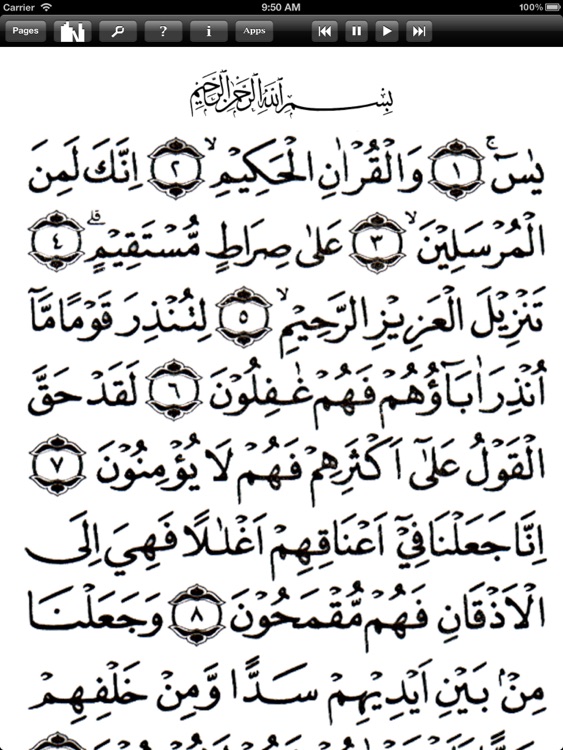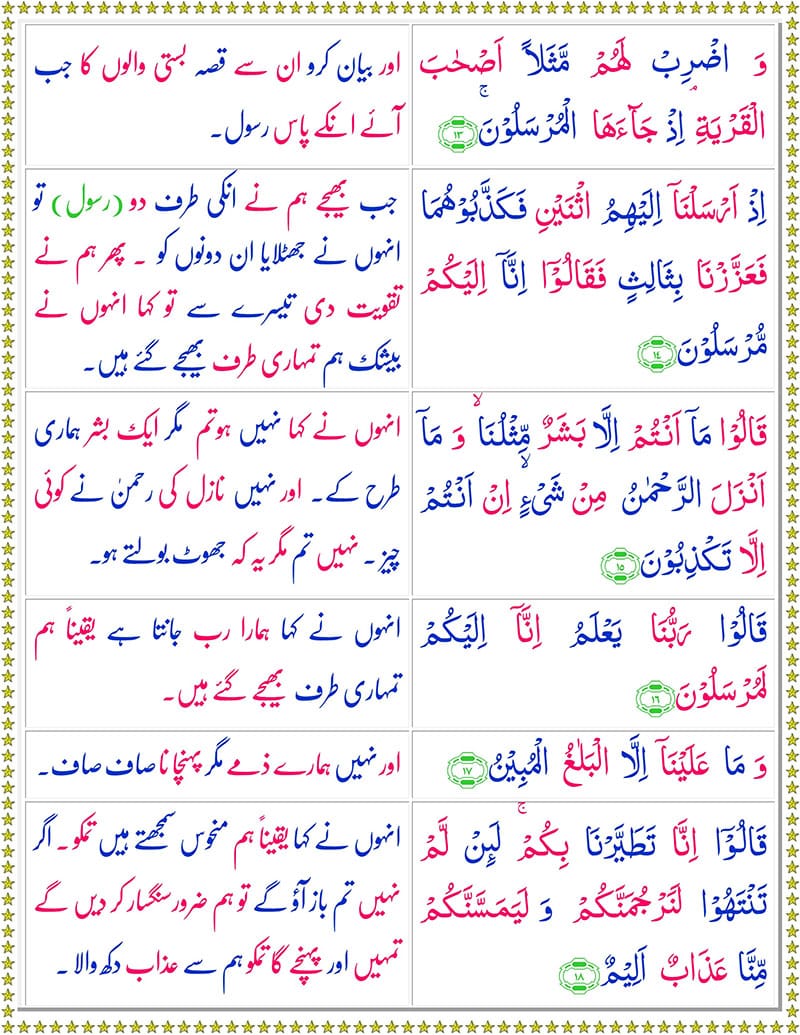

A problematic issue arises when a translation is attempted of repeated words in a target text. Word repetition is a feature that exists in all languages, and serves different purposes, rhetorical, emphatic, or otherwise. Although this thesis frequently uses Arabic references, all quotes have been translated by this author, all technical terms have been explained in a glossary, and the main Muslim figures that appear in this thesis have been given short biographies in an appendix. The functional grammar underpinnings of House’s model were also shown to be stretched to the limit when subjected to Qur’ānic discourse.

The study found that House’s model was able to address many fundamental co-textual factors surrounding the Qur’ānic text-namely the concerns of the ulema-but at the same time failed to capture other, more subtle aspects of this Holy Scripture in translation. The theory is tested for both theoretical relevance and practical adequacy.

More specifically, this research asks how adequate one particular translation theory, House (1997), is for tackling the complexities of this unique and interesting field. This research is the first to engage with all three sources for Qur’ān translation: the ulema, translation scholars and linguists, and Qur’ān translators. An attempt is therefore made to re-contextualise Qur’ān translation in pursuit of post-Sausserian relevance. The main idea of this thesis is that Qur’ān translation, as an academic topic of interest, is disconnected from all other areas of translation studies. This makes the translated text seems to have a certain translator's ideology. Hence, this study suggests that the use of amplification translation techniques (paraphrase) in addition to extending the translated text, it might also be used to incorporate the discursive idea of the translator into the translated text. The finding from the analysis also showed that the translation was of average quality.

The findings revealed that the translation techniques applied in Muhammad Talib's were amplification (paraphrasing) technique (27.13%), established equivalent (25.99%), explicitation (15.5%), implicitation (12.8%), modulation (8.52%), compensation (3.48%), transposition (2.32%) and discursive creation (1.55%). To collect data, observation and focused grup discussion were conducted. In that regard, this research aims to explore the impact of the translation techniques on the quality of translation in surah Yasin. The research on the effect of translation techniques on the quality of Muhammad Talib's Surah Yasin translation is scarce.


 0 kommentar(er)
0 kommentar(er)
